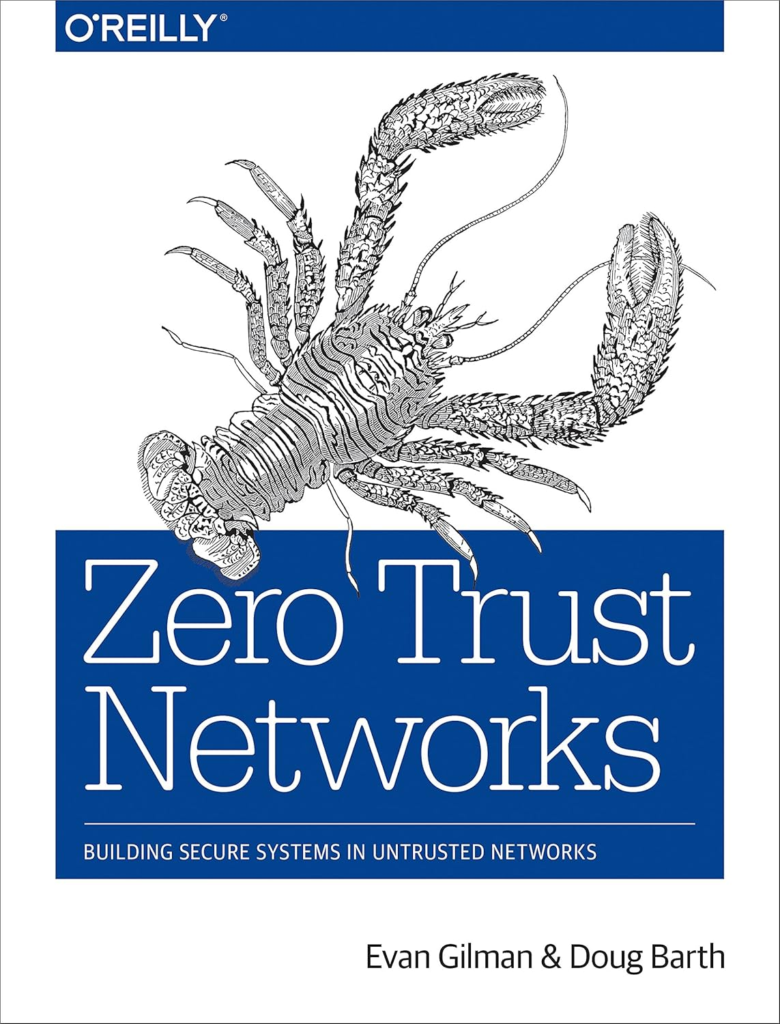Penetration testing, often referred to as pen testing, is a simulated cyber attack against your computer system to identify potential vulnerabilities that could be exploited by malicious actors. The primary purpose of penetration testing is to evaluate the security of a network, web application, or system and determine its effectiveness in defending against real-world threats. This practice is integral to identifying security weaknesses proactively before they can be exploited, and is an essential component of a comprehensive security strategy.
There are three main types of penetration testing: black box, white box, and gray box testing. Black box testing is conducted with no prior knowledge of the system, mimicking an external attacker with no insider information. This type is particularly useful for evaluating how an organization handles a real-world attack. In contrast, white box testing involves a comprehensive understanding of the internal workings of the system, which allows auditors to assess security measures thoroughly. Gray box testing serves as a middle ground, where the tester has partial knowledge of the system, enabling a more targeted assessment of vulnerabilities.
Organizations must also be mindful of the legal and ethical implications associated with penetration testing. Unauthorized testing can lead to legal repercussions and may violate laws pertaining to cybersecurity and data protection. Hence, it is crucial to obtain written consent from stakeholders and ensure all actions are within the boundaries of the law. Conducting penetration testing with proper authorization not only mitigates risks but also fosters trust among clients and partners. Implementing a formal penetration testing program, guided by ethical frameworks, significantly contributes to enhancing overall network security.
(Purchase today by clicking on the image)
Preparing for a Penetration Test
Preparing for a penetration test is a crucial step that significantly influences the effectiveness of the security assessment. The first step in this preparatory phase is to clearly define the scope of the test. This involves outlining which systems, applications, or networks are to be tested, as well as the methodologies that will be used. This clear delineation helps in ensuring that all parties involved have a mutual understanding of the testing boundaries.
Identifying assets is another essential preparatory step. Organizations must inventory their systems and data that require assessment, which can include everything from web applications to databases and internal networks. Involvement from key stakeholders, such as IT personnel and management, is indispensable as they provide insight into the critical assets that require focus during the penetration testing process.
Establishing goals and expectations is paramount. Setting measurable objectives will enhance the effectiveness of the penetration test and provide a benchmark for evaluation post-assessment. This may encompass issues like identifying vulnerabilities, testing incident response procedures, or evaluating the organization’s security posture overall.
The importance of pre-engagement communication cannot be overstated. Effective dialogue helps in ensuring that all parties are aligned on the objectives, timelines, and deliverables. In addition, thorough documentation is necessary to track discussions and agreements pertaining to the test.
Acquiring the necessary permissions from stakeholders is another critical step. This avoids potential legal complications and ensures that all testing activities are sanctioned and supported. To minimize disruptions, performing a risk assessment prior to the penetration test will allow the organization to identify and mitigate any potential operational risks that may arise during the testing process, thus ensuring a smoother assessment experience.
Conducting the Penetration Test
Executing a penetration test requires a structured approach to ensure all aspects of the network’s security are evaluated comprehensively. The process is typically divided into several key phases: reconnaissance, scanning, gaining access, maintaining access, and analysis.
1. **Reconnaissance**: This initial phase involves gathering as much information as possible about the target network. Tools such as Nmap, Wireshark, and Maltego can be invaluable in identifying open ports, services running, and potential entry points. Social engineering tactics may also be employed to collect intelligence on employees and company practices, which can lead to further vulnerabilities.
2. **Scanning**: After obtaining preliminary details, the next step is to conduct an in-depth scan. During this phase, penetration testers utilize automated tools like Nessus or OpenVAS to identify vulnerabilities. The goal is to produce a comprehensive inventory of potential entry points that could be exploited, facilitating a deeper analysis of the network’s weaknesses.
3. **Gaining Access**: This phase involves actively exploiting the identified vulnerabilities to gain unauthorized access to network systems. Common methods include SQL injection, cross-site scripting (XSS), and buffer overflow attacks. It is essential to document each step meticulously, as this will aid in the reporting phase and help in understanding the effectiveness of the exploits used.
4. **Maintaining Access**: Once access is achieved, the tester simulates an advanced persistent threat (APT) to see how well the network can defend against sustained attacks. Backdoors and other malware can be deployed to maintain access, allowing for further observation of network defenses and their response to internal threats.
5. **Analysis**: The final phase encompasses compiling the findings, analyzing the results, and outlining the vulnerabilities detected during the testing process. Clear documentation including evidence of the exploits, potential impacts, and recommendations for remediation should be provided. This actionable insight will help enhance overall network security.
By following these phases and utilizing appropriate tools and methodologies, organizations can effectively conduct penetration testing to identify weaknesses within their systems, enabling them to fortify defenses against potential cyber threats.
Reporting and Remediation
Upon completing a penetration test, the post-testing phase is vital for enhancing network security. One of the primary objectives at this stage is to document the findings clearly and effectively. A well-structured penetration testing report serves as a roadmap, detailing all identified vulnerabilities, their risk levels, and recommended remediation strategies. To create a comprehensive report, it is important to include the following elements: an executive summary, a detailed description of vulnerabilities, risk assessments, methodical testing processes, and actionable recommendations.
The executive summary should provide stakeholders with an overview of the testing outcomes without delving into technical jargon. This section should highlight the most critical vulnerabilities and their potential impact on the organization. Following the summary, detailed findings should be presented, categorized by severity levels, ranging from critical to low-risk vulnerabilities. Each finding must be accompanied by a description of the issue, evidence gathered during testing (such as screenshots or logs), and technical details that explain how the vulnerability can be exploited.
Once vulnerabilities are documented, prioritizing them based on risk assessment becomes crucial. Organizations should focus on high-severity vulnerabilities that pose significant threats to their assets. Effective remediation strategies should be developed for each finding, incorporating both immediate fixes and long-term solutions to ensure network safety.
The final aspect of reporting and remediation includes advocating for continuous improvement. Organizations should recognize that cybersecurity is not a one-time effort; rather, it requires ongoing testing and assessments. Establishing a regular cadence for penetration tests, combined with proactive risk management, will aid in maintaining a robust network security posture in the face of evolving threats. By fostering a culture of vigilance and resilience, organizations can stay ahead of potential cyber adversaries.
(Purchase today by clicking on the image)






